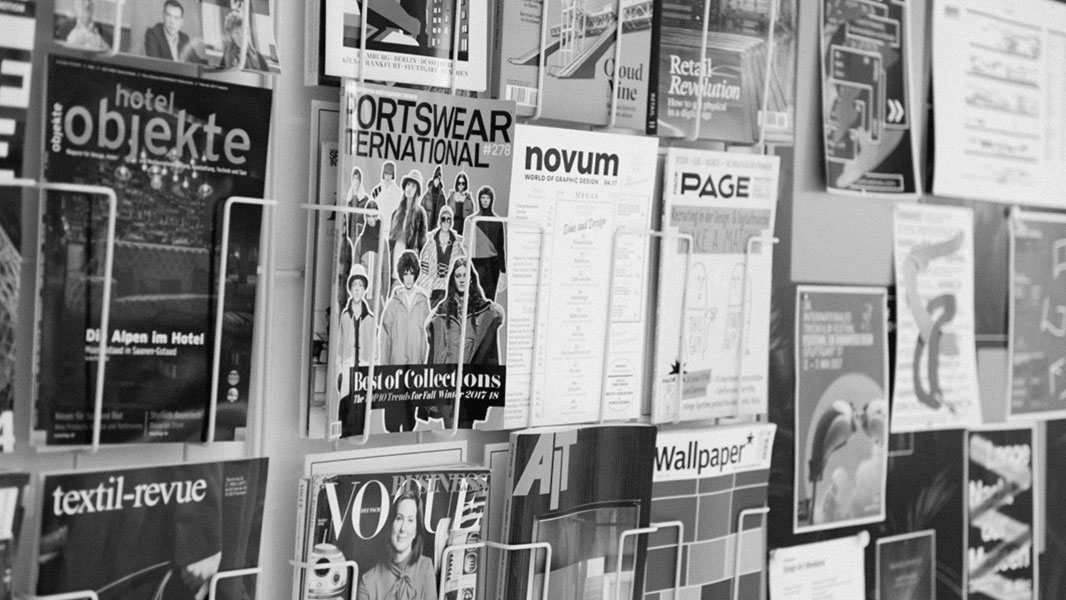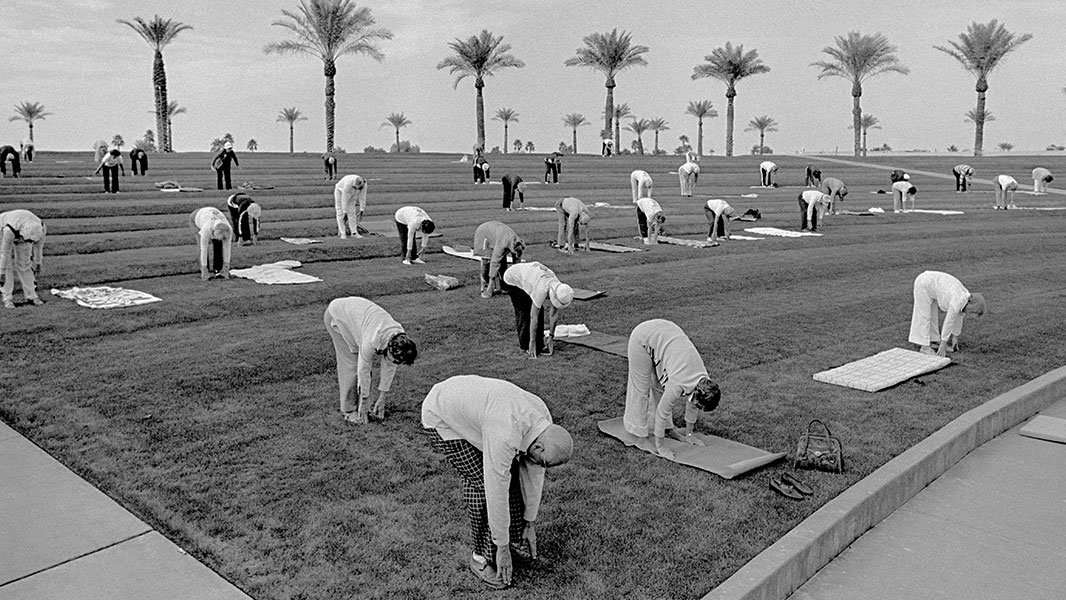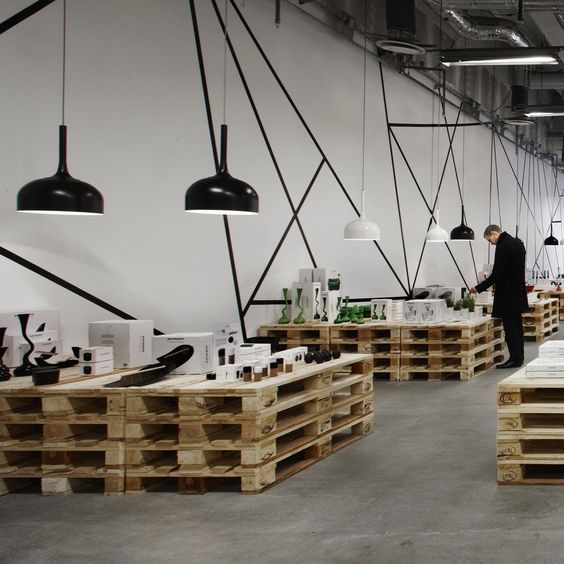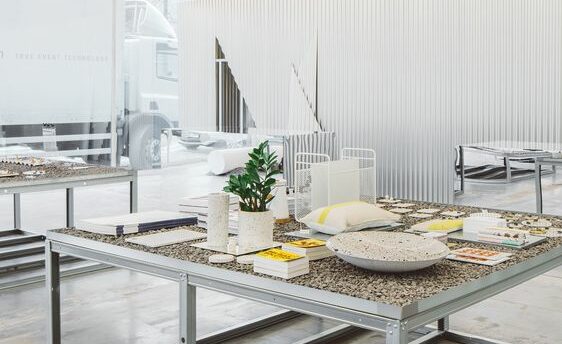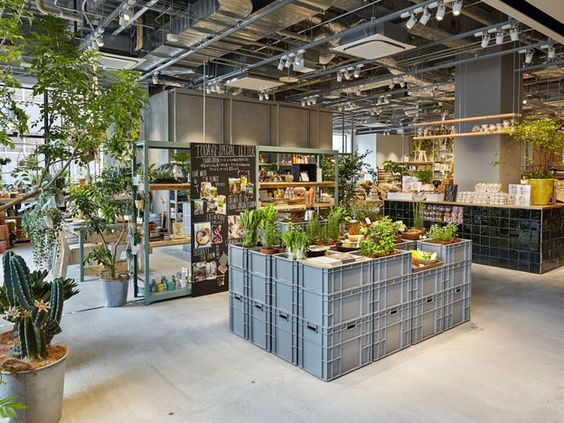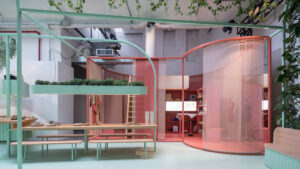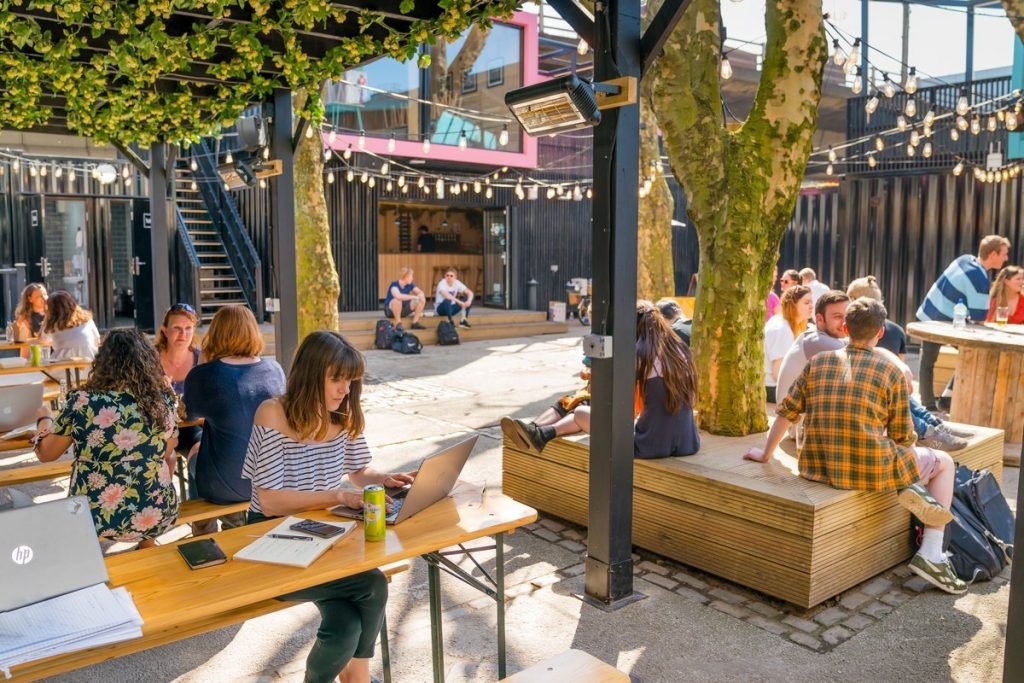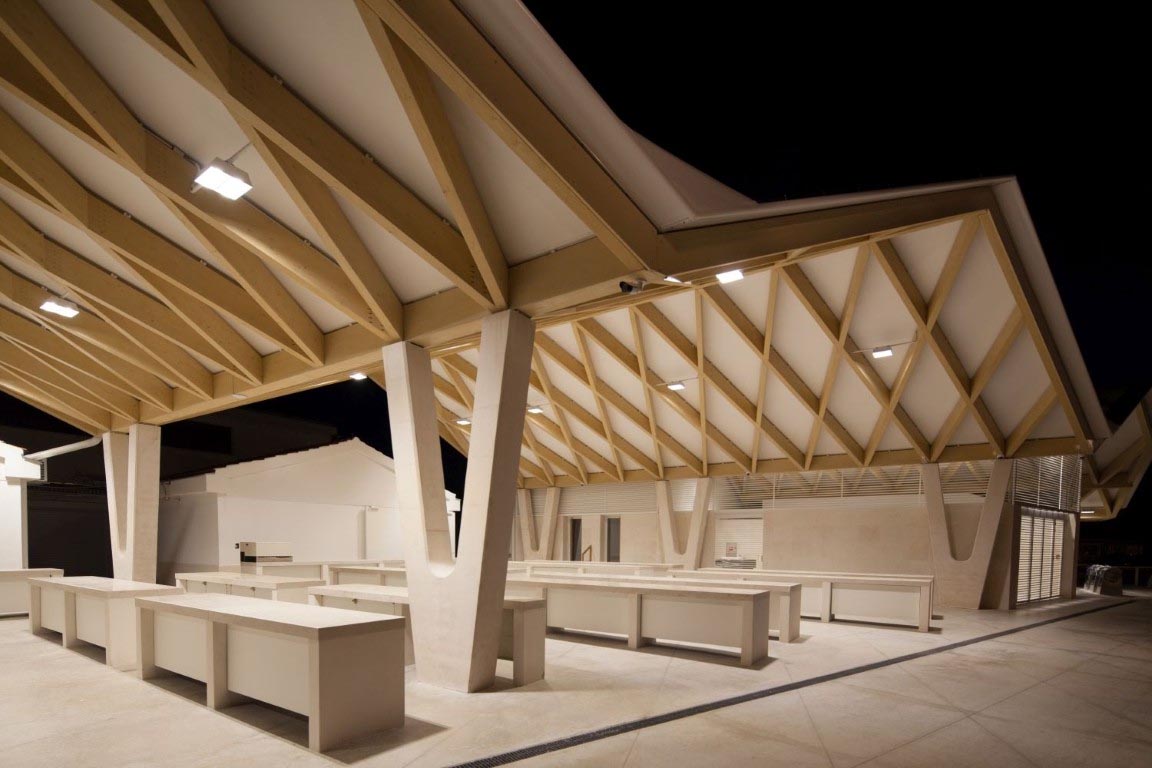Managing Director
T +49 711 664817-102
[email protected]
Fifty-five percent of Germans live in rural areas. For around 45 million people here, the countryside is far more than just “nature” and “local recreation”. It is their home. It is where they live and work. Some have had their roots here for generations, others have newly settled here. Attractive living environments, one would think, merely looking at the numbers. In reality, however, these areas face an existential threat. They are degenerating to places where deaths outnumber births. Because doctors, schools, a wide range of educational opportunities or infrastructure are lacking. Never mind basic necessities in walking distance, (a variety of) cultural offers or at least a cinema in close proximity. Not even high-speed Internet has arrived everywhere. Rural areas hardly stand a chance against the draw of big cities, particularly among young people.
In this context, urban and rural areas would seem to be antagonists. Or they are at least often expressed as a contradiction in future forecasts. And, yet, things are starting to change. In fact, rural life is finding ever greater appeal in urban spheres. Because the cities are getting fuller, more crowded, and, above all, more and more expensive every year. But there are also plenty of other reasons: the air quality due to particulate matter and nitrogen oxides, noise pollution from traffic, and lacking environmental compensation, for example. And not everyone enjoys the prevailing anonymity that accompanies living in a prefabricated residential building. It’s no wonder there was a negative migration balance in major German cities for the first time as far back as 2014. A trend that recently has surely been exacerbated by the pandemic. The hustle and bustle, variety, vibrant life with lots of casual meetings – everything that used to make cities attractive, along with job and educational opportunities – has now made them “hotspots”.

